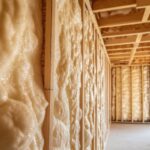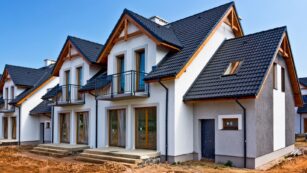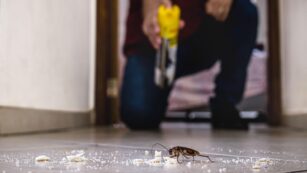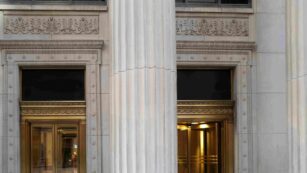
A log home can stand the test of time with meticulous care and upkeep. All homes require maintenance, but these houses face specific challenges such as extreme temperatures, moisture, microorganisms and pests, and sun exposure.
By incorporating New York log home maintenance, the exterior is adequately protected, keeping the property as stunning as when it was built. Neglect over time will result in extensive and expensive repairs, replacements, and a shortened life.
Maintenance Tasks for Your Log Home
Top New York log home builders design stunning properties protected against standard maintenance concerns. Regular upkeep helps to keep costs down over the home’s life and extends its longevity.
Many of the typical care tasks can be addressed relatively easily and straightforwardly; however, major concerns, or those problems that don’t have a simple answer, should be rectified by industry professionals to prevent a worsening issue.
Before the construction on your property is complete, working with the builder on an adequate maintenance schedule is essential to preserve the quality materials used to raise the home effectively. Here are upkeep tips meant to protect your investment.
Annual inspections
A visual inspection should be performed at least once each year to check for signs of aging, dried wood, and pests that settle to create their own safe haven. You can do this or have it professionally handled for the most detailed and accurate report. Some things the experts will look for include the following:
- Checks or cracks that face upward in the logs are unsealed and can rot as the water gets trapped.
- Tall landscaping located too close to the house
- Substantial gaps between logs allow bugs and rodents and air and water to infiltrate the space
- Logs that have a discolored or faded finish or damage
- Carpenter ants leave pinholes, sawdust, and frass in their tracks, and termites will produce “mud tubes.”
- Mold/fungus use live sapwood for nutrients. These can be detected by dark spots or staining, algae and green most
- Wood could become compromised by drilling or nailing to hang items from the surface
Your location will determine the maintenance concerns most prevalent in your area.
All log houses ultimately show age and location-based upkeep requirements. In the Northwestern and Southeastern coasts, wood notes to decay at a faster pace than in other areas due to significant rainfall and the humid, tropical climate.
The exterior
Frequent repairs can be avoided with routine exterior cleaning. The clean surface allows a fresh topcoat if the stain needs updating. You want to eliminate any signs of spider webs, grime and dirt, bird droppings, pollen, and mold.
Regardless of the log’s age, cleaning and conditioning are essential to eliminate “mill glaze,” a glossy film that milled lumber develops or simply from exposure to the elements.
The solution should consist of a low-pH and bleach-free mild cleanser such as a diluted dishwashing liquid with water.
A soft bristle brush is ideal for applying soap, which should be allowed to clean the surface. A garden hose should be used to rinse from the top down at low pressure. Visit https://www.realtor.com/advice/home-improvement/log-cabin-maintenance-tasks/ to learn log cabin maintenance tasks.
Mold/mildew and staining
Log homes are susceptible to mold and mildew growth, particularly when the air circulation around the property’s exterior is poor. The ideal method for restoring the natural color is to use a solution with a biodegradable percarbonate base following log washing.
Wear rubber gloves and eye protection when applying the cleaner to the affected areas with a hand-held sprayer. Allow it to absorb for roughly 10 minutes, and then use fresh water to rinse thoroughly. Any chlorine sitting on the surface for a prolonged time will damage the coating.
Pest control
Log houses require consistent pest inspections to catch problems early before they become infested and create excessive decay.
Log homes are favored by carpenter bees, long-horned beetles, and termites; however, flies, bed bugs, spiders, borers, and chipmunks, squirrels, and the occasional woodpecker will also make themselves at home. Treating the surfaces with borate will relieve the need for frequent inspections.
Gaps and cracks should be fixed or sealed to keep pests away. Prevention should include containing food scraps in tightly sealed containers to remove scents that draw critters and attract pests. Go here for myths related to log home maintenance.
Final Thought
Prospective homebuyers in New York are drawn to the log home as its demand for construction has continued to increase in recent years. These homes offer a natural beauty and charm that’s timeless and welcoming in every season.
Despite the romance, it’s easy to underestimate the maintenance commitment these require. The ideal solution is to use professional annual inspections, a worthwhile investment to prevent homeowner procrastination or oversights and to preserve the home’s integrity and longevity.














